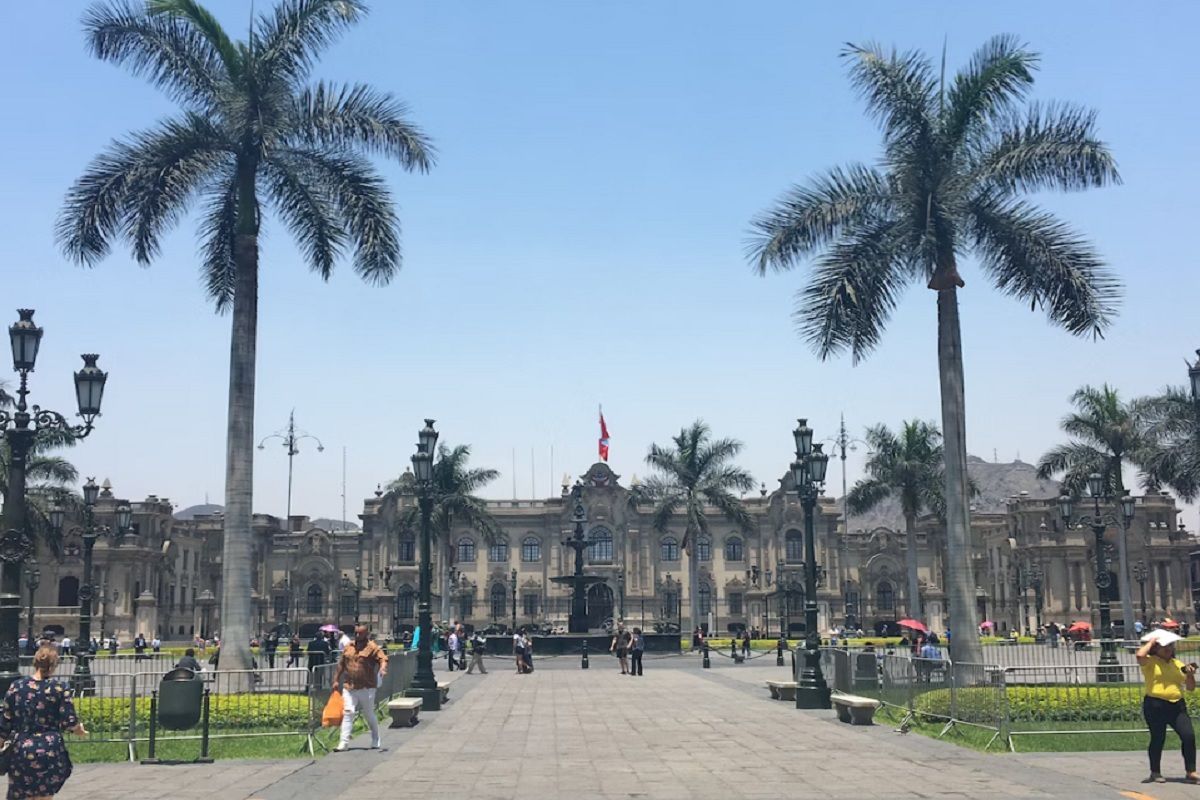Currently, in Latin American countries, a significant part of non-bank households does not demonstrate either the desire or any readiness to switch to real-time payment in their actions related to handling finances, but experts believe that in the near future in some parts of this region, the corresponding service will be scaled.

Optimistic expectations concern Peru. A system of immediate interbank transfers was launched in this country in 2016. This project still does not demonstrate impressive results in terms of efficiency. According to the results of last year, the share of real-time payments in the total volume of transactions made in this country is 0.3%. But the reason for optimistic expectations against the background of the state of affairs, which clearly does not have such sentiments, is that the Government of Peru continues to make efforts to promote this type of payment.
The country’s leadership has developed and implemented a set of measures to stimulate the digital transformation of the financial system. The government is also striving to improve financial services.
Special attention should be paid to the fact that in Peru, despite the low level of demand for real-time payments, this method of money transfers still has a positive trend, although growth is slow. In 2017, more than 2.6 million financial operations were processed through the system of immediate interbank transfers. This was told by César Ferreyros, General Manager of the Electronic Compensation Chamber of CCE, an organization belonging to the Association of Banks of Peru (ASBANC).
Experts are convinced of the prospect of an increase in the prevalence of real-time payments in this country. According to their forecasts, by 2027 the daily number of these operations will reach 1 billion. They also believe that this indicator will increase by 57% annually before the designated date.
Mexico, according to experts, is also ready to increase the popularity of real-time payments by 2026. In this country, many households currently do not show interest in such financial services, but, according to analysts, this circumstance will not be an obstacle to the implementation of the scenario described by experts.
Specialists believe that by 2026, the daily number of real-time transactions in Mexico will exceed 5 billion. The national payment system Cobro Digital (CoDi), which was launched in 2019 and processes a maximum amount of 8000 Mexican pesos (445 US dollars), according to experts, will play a key role in this process.
Mexico entered the real-time payments market early. The country introduced its system of interbank electronic payments (Sistema de Pagos Electrónicos Interbancarios – SPEI) in 2004.
As we have reported earlier, Walmart to Expand Capabilities of Digital Wallet in Mexico.









